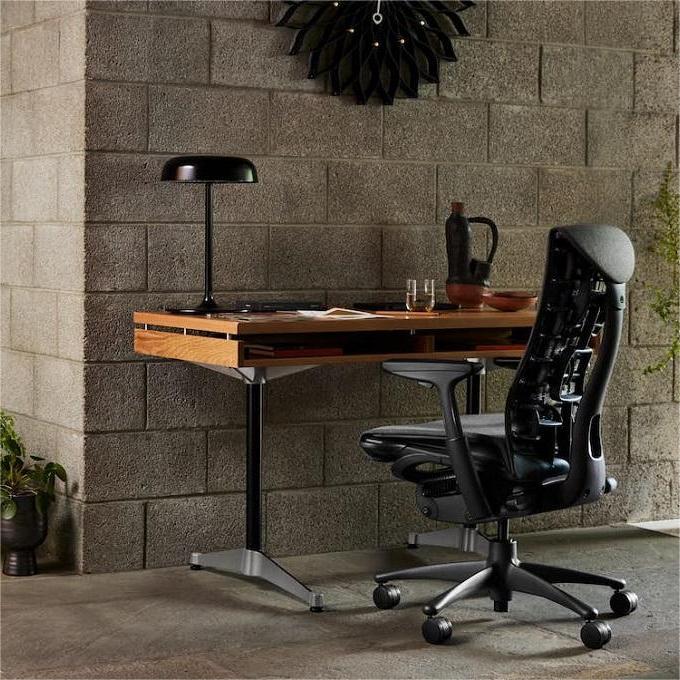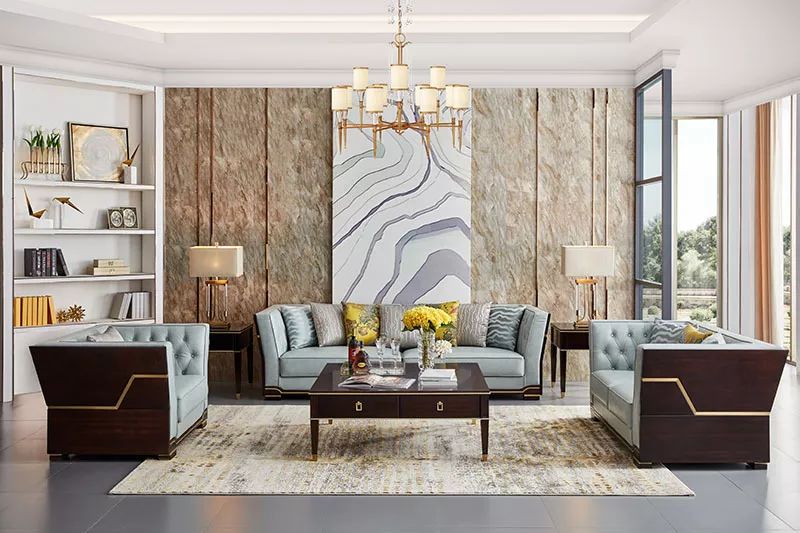
Furniture is one of the most important parts of an interior design and it adds both functionality and style. There are many different types of furniture, each with its own unique character and design.
The most common types of furniture include beds, tables, chairs, cabinets, and dressers. They serve a variety of purposes, from serving as storage to creating a focal point in a room.
Traditionally, furniture was made with only wood and metal, but today, designers use a variety of materials to create unique and functional pieces for the home. Some designs combine materials such as metal, wood, and glass to create pieces that have a sophisticated look.
Contemporary designers are influenced by their surroundings, which can be seen in modern furniture designs. For instance, a recent design movement is Live Edge, where the natural surface of a tree is used as part of a furniture object. This movement has been facilitated by the resurgence of Maker Culture in Western countries, which has helped to encourage the development of new, more accessible furniture designs that incorporate natural shapes and textures.
For example, designer Alex Chai’s Doric table series utilizes bent steel plates to form columns that are reminiscent of classical Greek architecture. The table series features different heights and angles that reflect light and shadow when viewed from any direction.
Another popular design trend is Mid-Century Modern design, which features modern pieces with retro styling. This movement is attributed to a group of talented designers who gave us iconic pieces such as the Eames chair, Basset chair and Barcelona chair.
There are no specific educational requirements to become a furniture designer, but you should have strong skills in drafting and engineering before beginning your career. You can gain these skills by attending an art school or a program in product or industrial design.
A furniture designer usually works for a commercial or residential company that manufactures furniture. They have a specialized set of skills that include the ability to design and draft plans for new products, as well as manufacturing and quality control. They also work closely with clients, often scheduling meetings to discuss design options and production schedules.
They are responsible for ensuring that their designs fit within budget and meet a client’s specifications. They must be able to communicate with manufacturing teams and clients throughout the process of designing a piece of furniture.
In addition, they must be able to produce accurate technical drawings of their designs and oversee the production of a final piece of furniture. They often travel to meet with clients and have to be familiar with the processes of the various companies that they work with.
The average salary for a furniture designer is $65,970 per year, according to the Bureau of Labor Statistics. Those who have a degree in furniture design or a related field may earn more.










